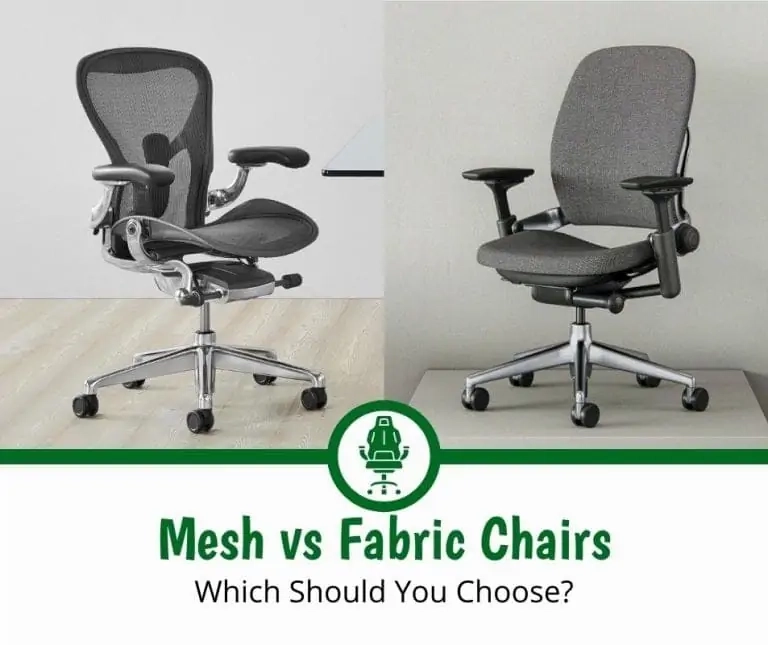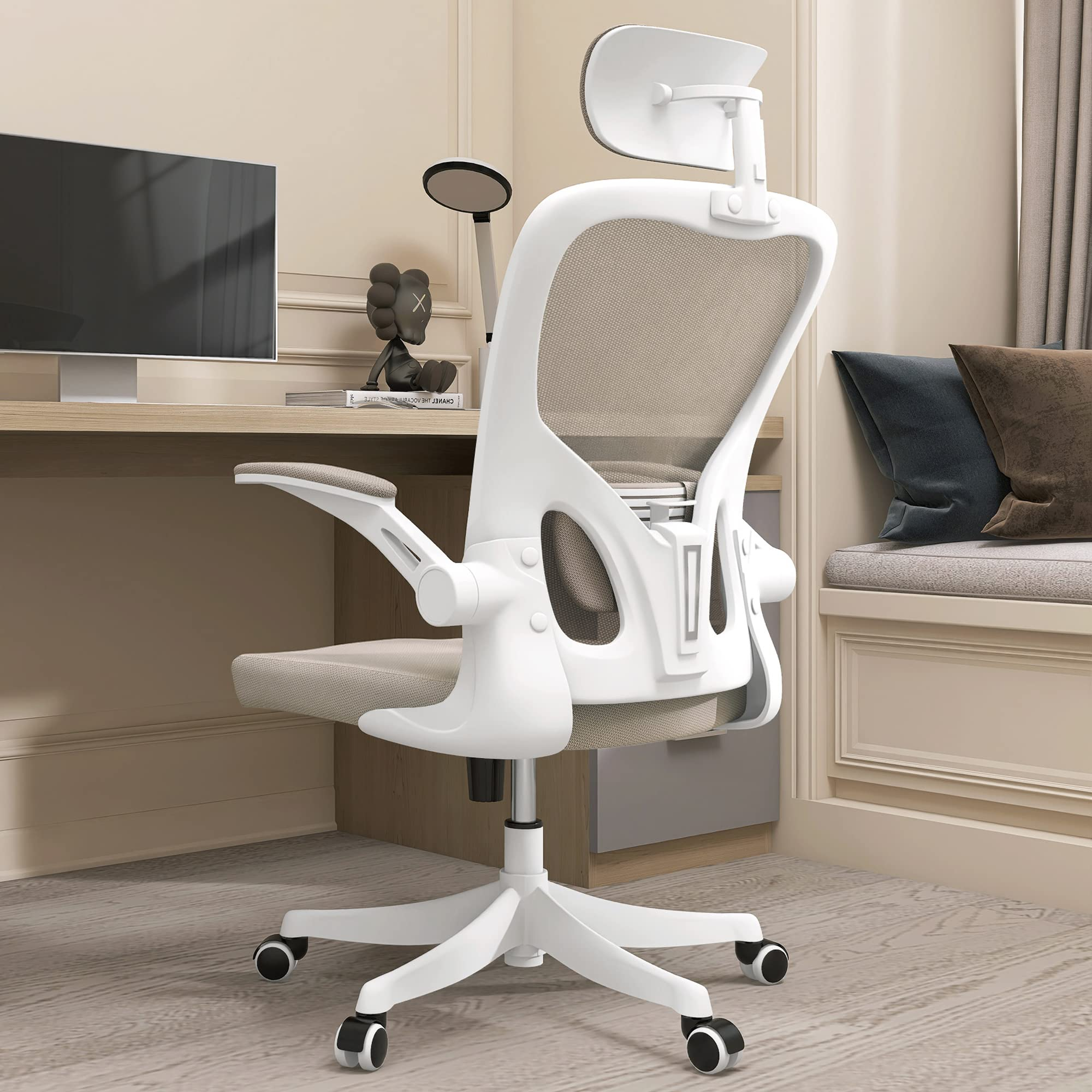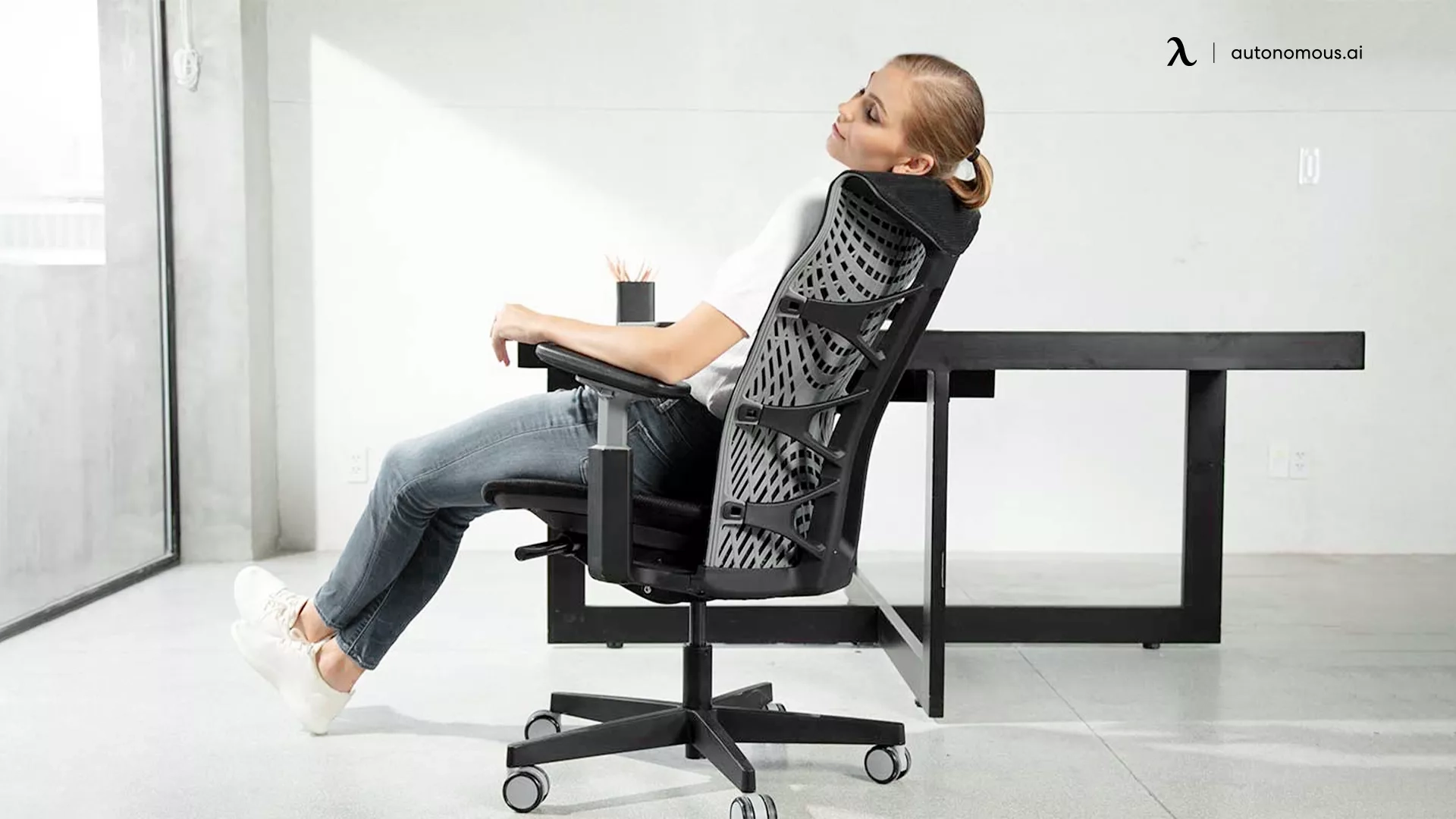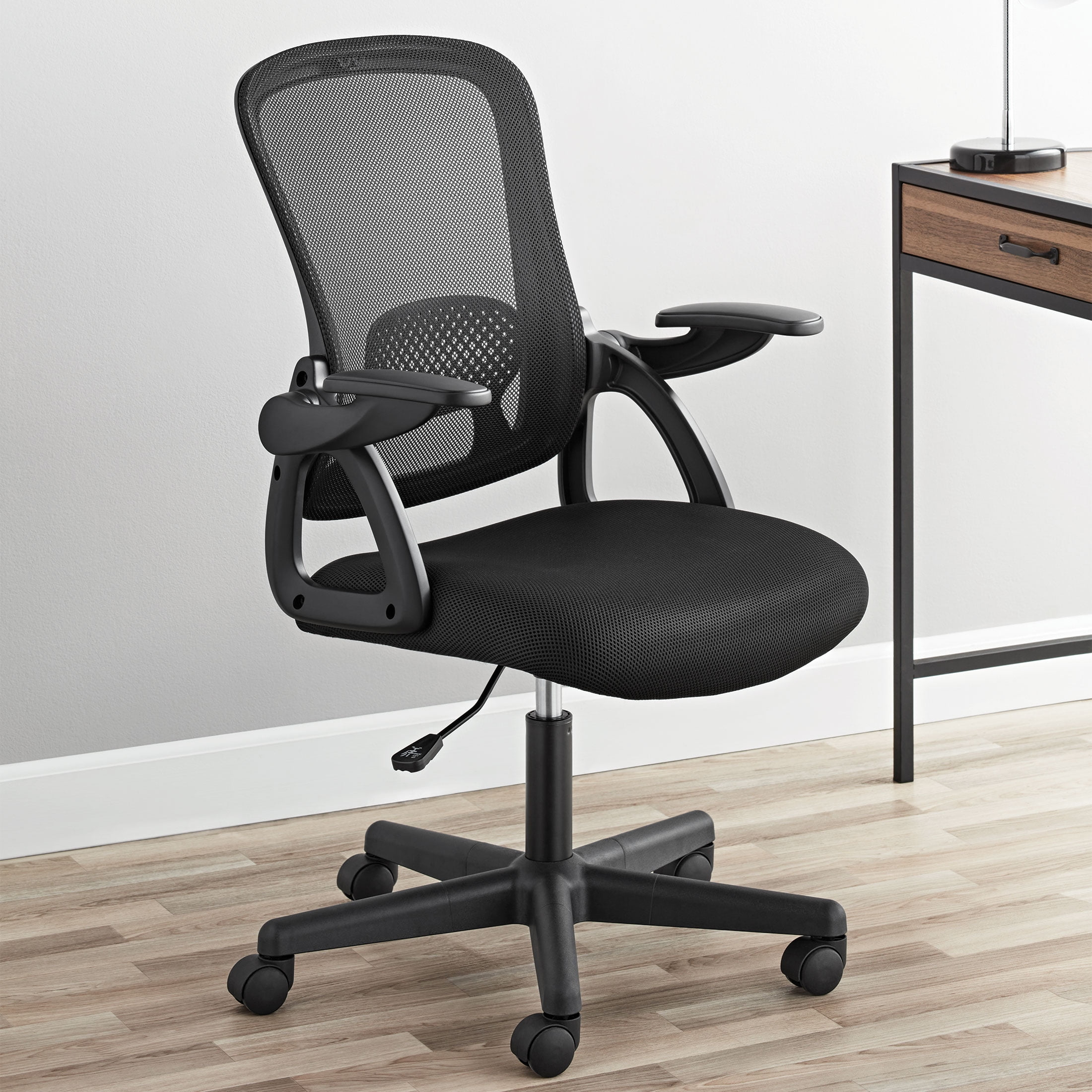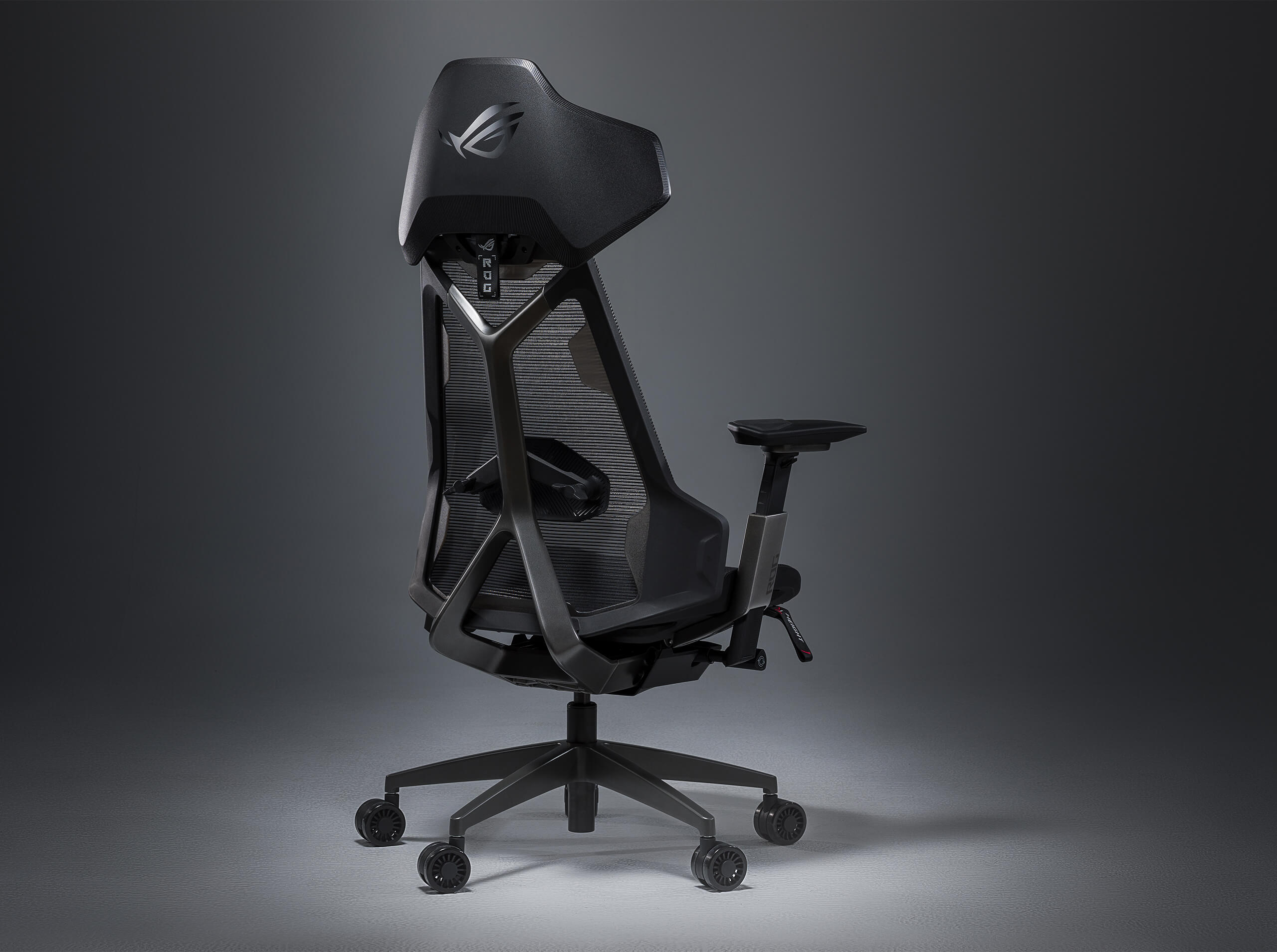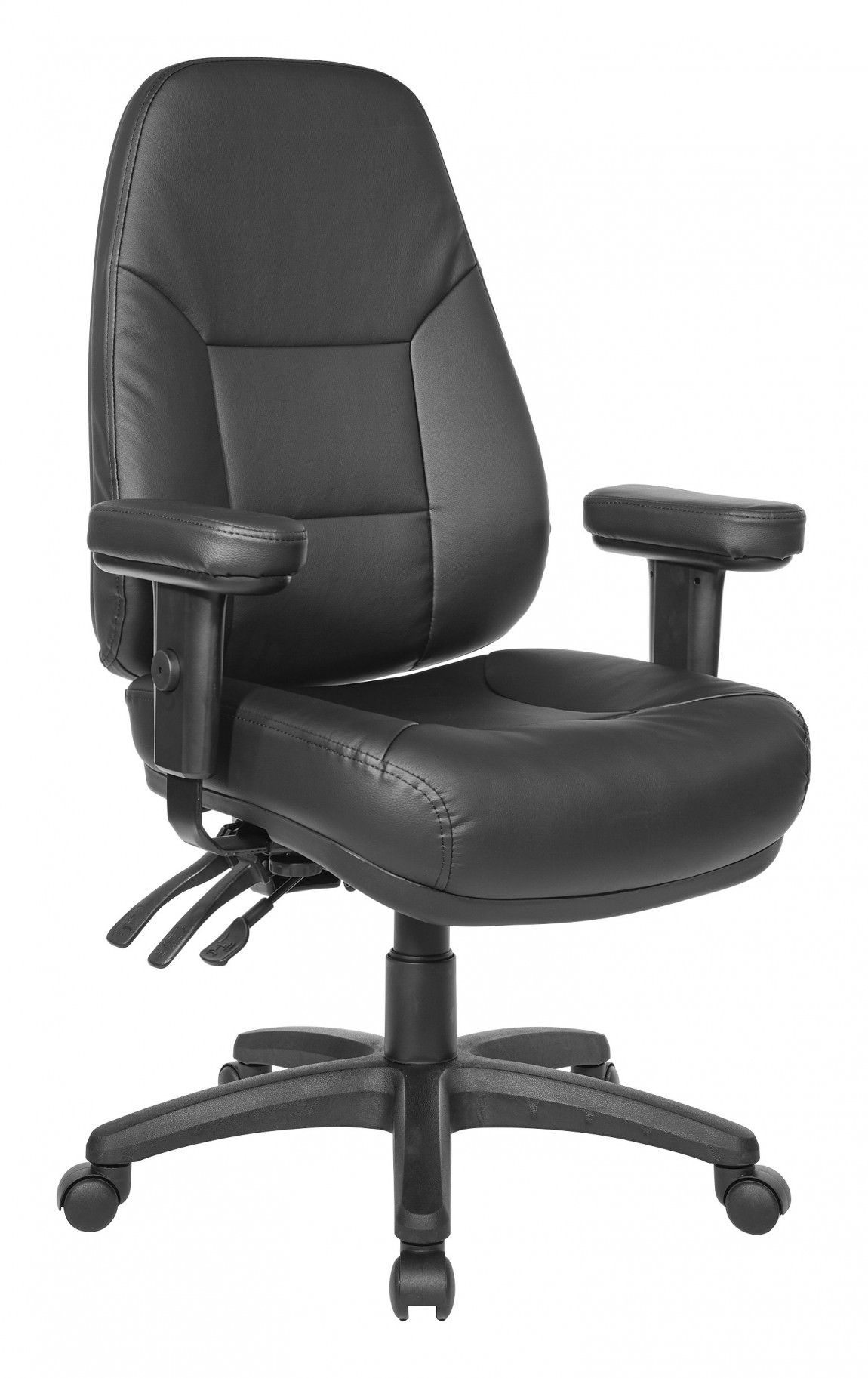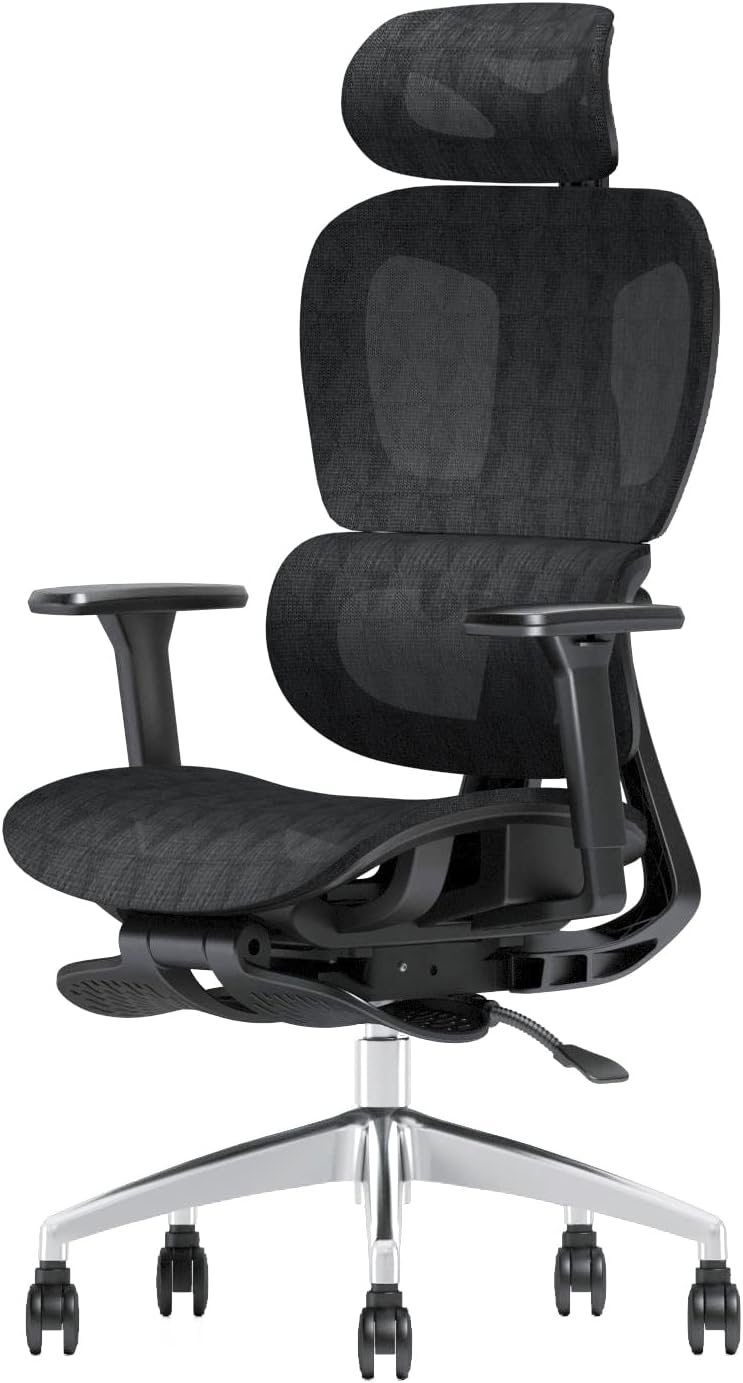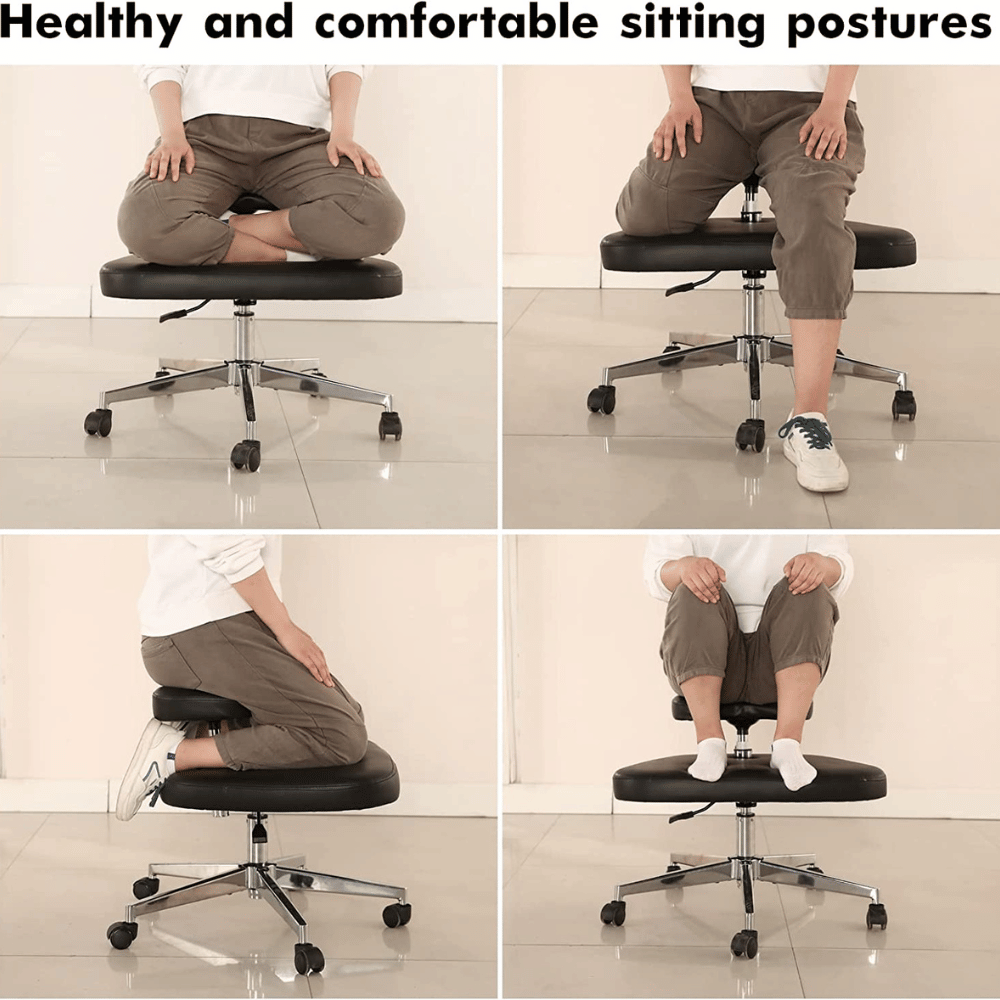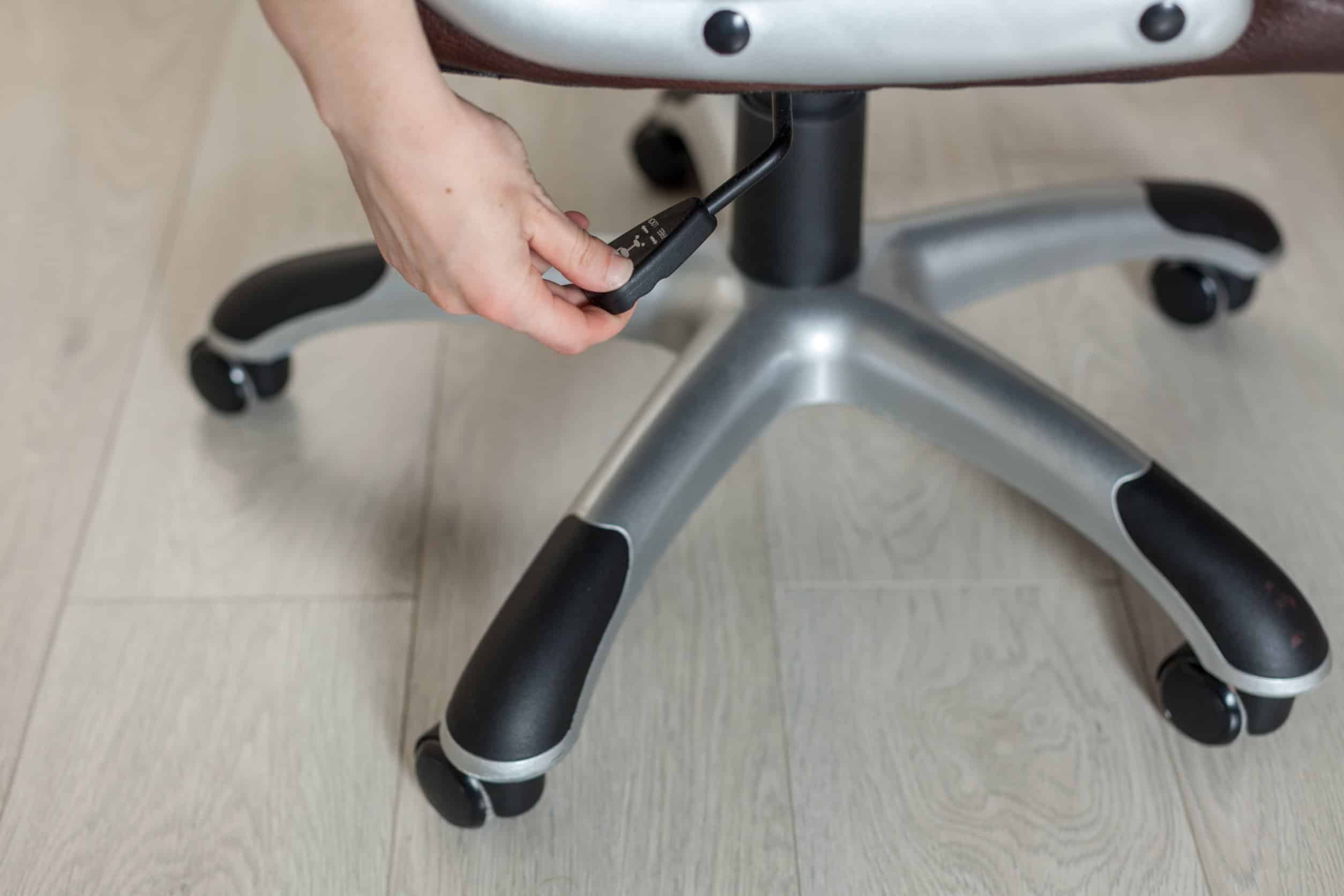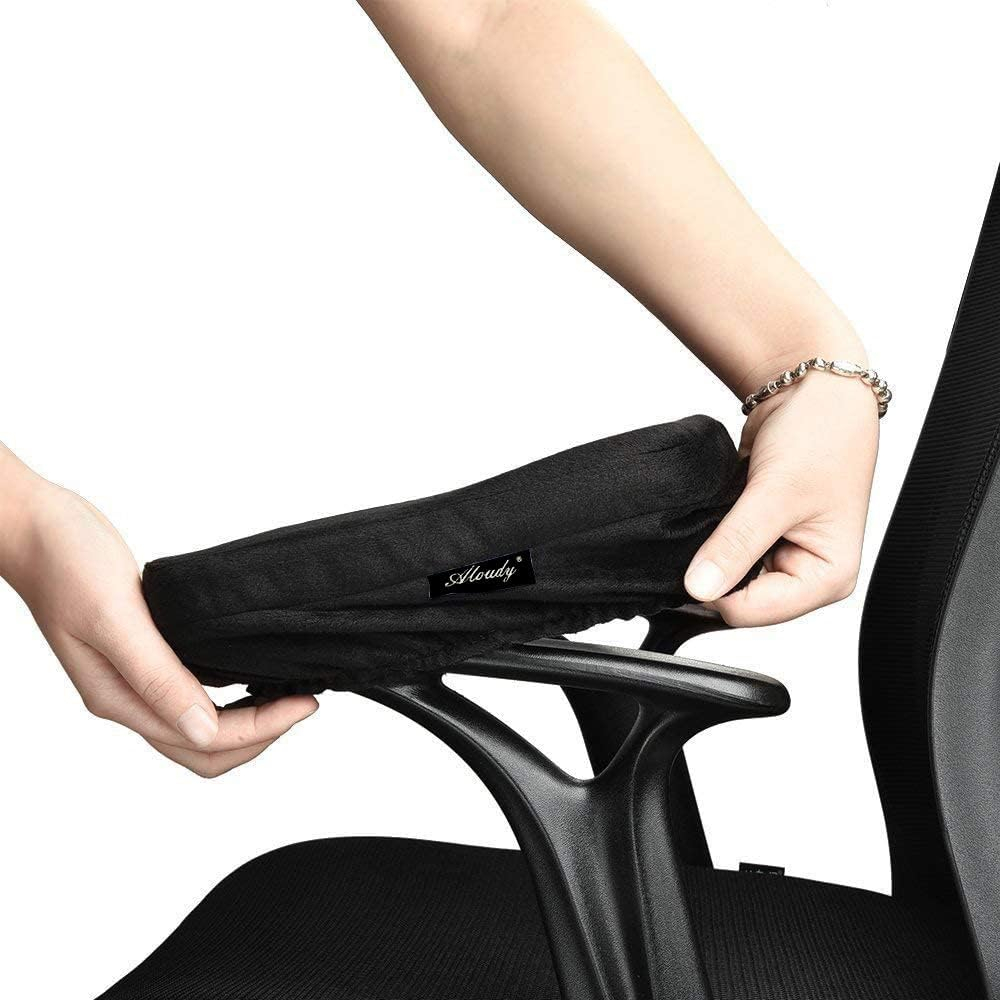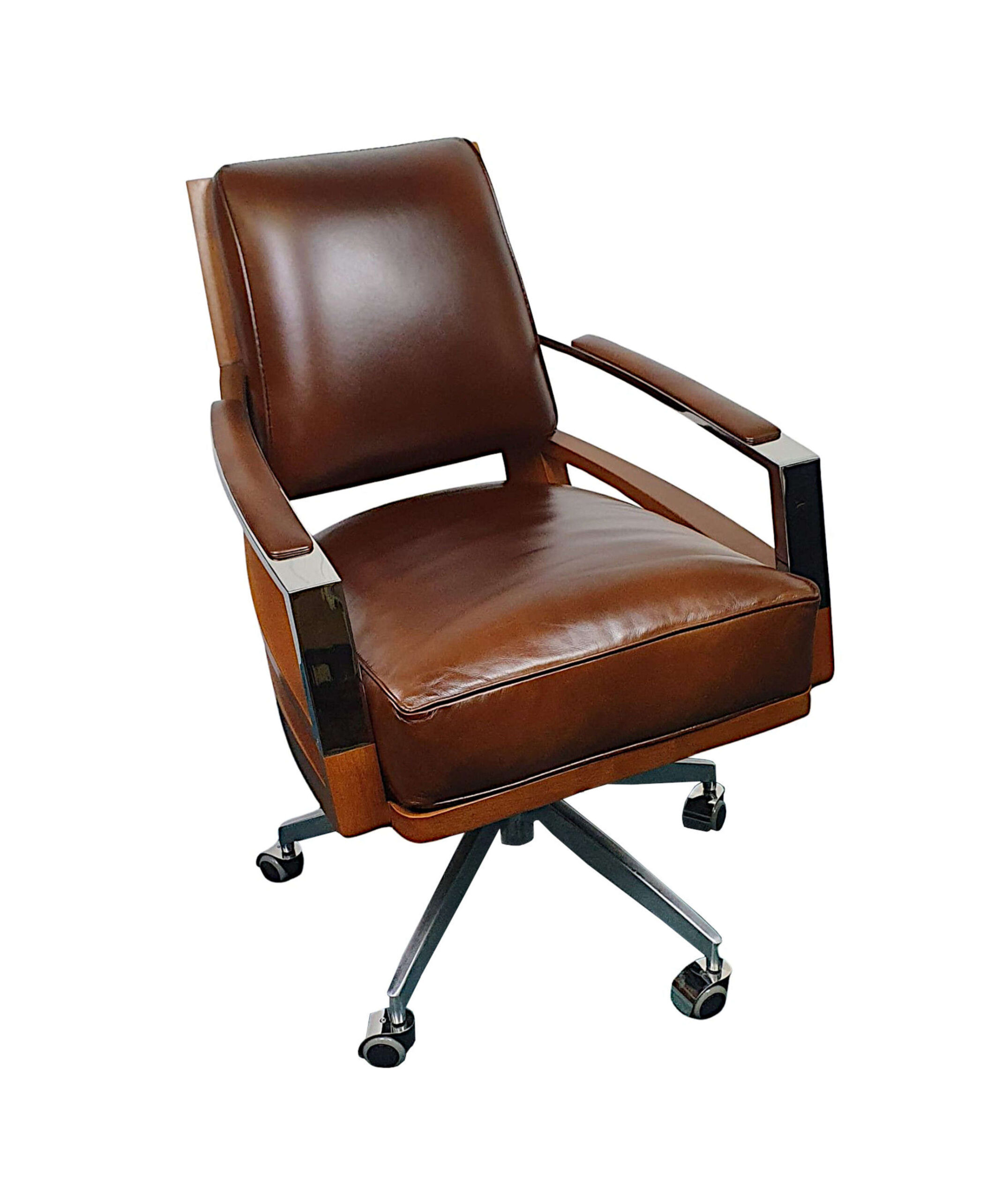Think about it for a second. You probably spend more time in your office chair than almost anything else during your working hours. It’s the silent partner in your productivity, your comfort, and even your health. Yet, how often do we really consider the profound impact this piece of furniture has on our lives? We often focus on the flashy tech or the ergonomic keyboard, but the humble office chair is where the real foundation for a good workday is laid. Let’s dive into why this isn’t just about finding a place to sit, but about making a smart, long-term choice.
We’ve all been there, right? That stiff, unforgiving chair that makes you fidget and ache after just an hour. Or maybe you’ve experienced the opposite – a chair so comfortable you forget you’re even working. The difference isn’t just in personal preference; it’s in the design, the adjustability, and the materials that contribute to a chair’s true long-term value. It’s about how it supports your body, how it enhances your ability to focus, and how it can prevent those nagging aches and pains that can really derail your day. This isn’t just about aesthetics; it’s about investing in your physical and mental capital.
The Foundation of Comfort: Supporting Your Body
The most immediate benefit of a good office chair is, of course, comfort. But comfort is more than just a feeling; it’s about proper ergonomic support. A chair designed with ergonomics in mind will cradle your spine, support your lumbar region, and allow your feet to rest flat on the floor. This isn’t just about feeling good in the moment. When your body is properly aligned and supported, you reduce strain on your muscles and joints. Think about it: if you’re constantly shifting to find a comfortable position, you’re not concentrating on your work, are you? A chair that allows for easy adjustment – height, armrests, back tilt – means you can tailor it to your unique body shape and posture. This personalized support is key to preventing discomfort and fatigue that can build up over hours and days, leading to more serious issues down the line.
Boosting Productivity: How Support Fuels Focus
It might sound like a stretch, but your chair can genuinely impact how much you get done. When you’re not distracted by a sore back or numb legs, your focus sharpens. Imagine trying to concentrate on a complex report while your lower back is screaming at you. It’s nearly impossible. A supportive chair allows your body to relax into a neutral, healthy posture, freeing up your mental energy to tackle tasks. Many studies have shown a correlation between comfortable workspaces and increased employee output. When employees feel physically well, they’re more engaged and efficient. This translates to better quality work and a more positive overall work experience. So, that investment in a quality chair? It’s an investment in your own output, too.
Preventing Long-Term Health Issues: An Ounce of Prevention
This is where the true long-term value really shines. Sitting for extended periods in a poorly designed chair can contribute to a host of health problems. We’re talking about chronic back pain, neck strain, carpal tunnel syndrome, and even poor circulation. These aren’t just minor annoyances; they can significantly impact your quality of life outside of work and lead to costly medical treatments. An ergonomically sound chair, with features like adjustable lumbar support and the ability to promote movement (like a good swivel or recline function), encourages better posture and reduces the cumulative stress on your body. It’s like preventative maintenance for your physical self. Think of it as investing in your future health, one comfortable sit at a time.
The Science of Seating: Key Ergonomic Features to Look For
So, what makes a chair truly valuable in the long run? It’s all about the ergonomics. Keep an eye out for these key features. First, adjustable seat height is non-negotiable. Your feet should be flat on the floor, and your knees should be at a 90-degree angle. Second, lumbar support is crucial for maintaining the natural curve of your lower spine. Look for chairs with adjustable lumbar support, so you can customize the level of pressure. Adjustable armrests are also important; they should allow your shoulders to remain relaxed and your elbows bent at roughly 90 degrees. A contoured seat pan can help distribute weight evenly and relieve pressure points. And don’t forget about the backrest. It should support your entire back, and ideally, offer a recline function so you can change your posture throughout the day. A good chair will also be made from breathable, durable materials that hold up over time.
Making the Investment: Quality Over Cost
It’s tempting to grab the cheapest chair you can find. We’ve all been there. But often, those budget options lack the crucial ergonomic features and durable construction that a more premium chair offers. The long-term value comes from a chair that lasts for years, supports your health consistently, and maintains its comfort and functionality. A well-made ergonomic chair might have a higher upfront cost, but when you consider the potential medical bills, lost productivity due to discomfort, and the sheer number of hours you’ll spend in it, the return on investment becomes clear. Think of it as buying a quality tool that will serve you reliably for a decade, rather than a cheap one that breaks after a year and causes you pain in the meantime. It’s about prioritizing your well-being and efficiency.
Using Your Chair Wisely: Habits for Better Seating
Even the best chair won’t work wonders if you don’t use it correctly or maintain good habits. Once you’ve found that perfect, supportive seat, take a few minutes to adjust it properly. Don’t just plop down and start typing. Ensure your feet are flat, your back is supported, and your armrests are at the right height. Most importantly, remember that even the most ergonomic chair is not a substitute for movement. It’s essential to take regular breaks to stand up, stretch, and walk around. Try to vary your posture throughout the day; lean back, adjust your position. Think of your chair as a tool to facilitate good posture and comfort, not as a magical cure-all. Regular movement is just as vital as the chair itself for long-term health and well-being.
So, as you can see, your office chair is far more than just a place to rest your backside. It’s a critical component of your daily work life, directly impacting your comfort, your productivity, and your long-term health. By understanding the principles of ergonomics and choosing a chair that offers proper support and adjustability, you’re making a valuable investment in yourself. Don’t underestimate the power of a good seat. Treat it as the essential tool it is, and you’ll find yourself working more comfortably, more efficiently, and with a healthier body for years to come. It’s a simple change, but one with profound, lasting benefits.

